At the end of the manufacturing process, it is always needed to apply a surface finish, and one widely recognized method for aluminum is the anodizing process. If you are unfamiliar with this process, this article aims to clarify it and provide insights into the basics of anodization. Additionally, it will introduce different types of anodizing aluminum processes and how to color aluminum products using anodizing. Get ready to know a few things? Let’s get right on it!
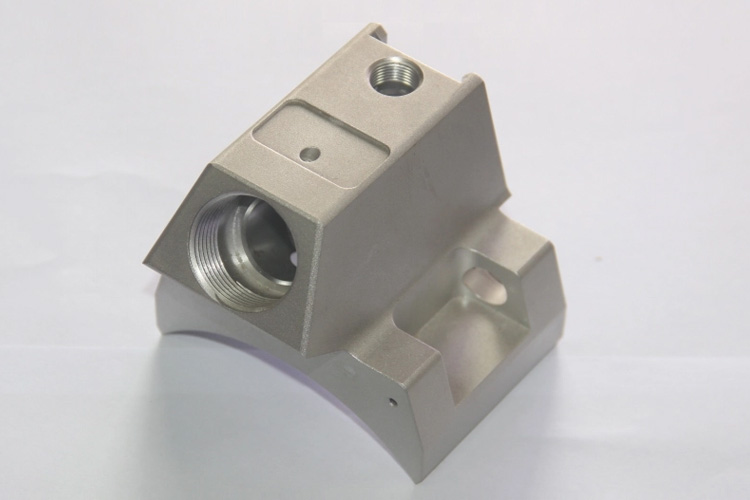
Can you paint anodized aluminum? Unless you are in the industry, you might find yourself wondering about anodized aluminum. In this section, we will tell the basics of the process.
Anodized aluminum finish is an electrochemical process that involves coating an aluminum surface with a wear-resistant oxide layer. This process enhances the durability and corrosion resistance of the aluminum material while also improving its aesthetic appearance. Rather than applying a protective cover or coating to the surface, anodizing alters the chemical composition of the aluminum itself to create a durable and aesthetically pleasing surface. This surface finishing method is widely used in various industries to improve the quality and performance of aluminum products.
Anodizing, despite its initial appearance of complexity, is not difficult actually. How do you anodize aluminum? Follow our steps and you will know how to anodized aluminum.
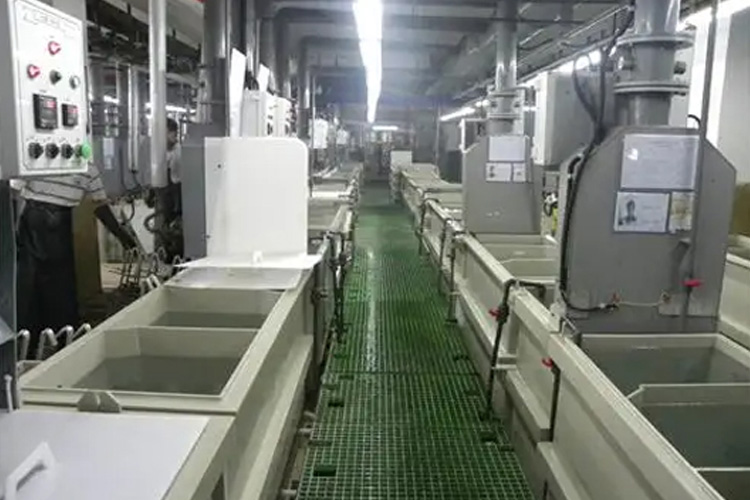
Step 1: Clean Aluminum Parts to Remove Impurities.
The aluminum part undergoes a cleaning process to remove impurities that may interfere with the anodizing process.
Step 2: Constructing the Film Layer
Once the cleaning process is complete, the next step involves the anodizing process. This can be carried out using any of the three types of anodizing in the next paragraph. However, there are additional factors that should be taken into consideration:
The composition of the metal alloy determines the size and shape of the pores.
The tank's temperature, the solution's concentration, and the voltage are applied to control the extent of pore penetration.
Step 3: Adding Colors
Electrolytic coloring
It immerses the aluminum parts in a solution that contains metallic salts. As the pores fill with the solution, a strong coating is formed to resist UV rays. However, there are limitations on the variety of colors that can be achieved, electrolytic color is always used in how to anodize aluminum black, and bronze.
Dip coloring
The aluminum part is placed in a tank filled with dye. The dye fills the pores, and the surface is then boiled in de-ionized water to complete the process. Dip coloring allows for a wide range of color options; however, the resulting colors may not be as UV-resistant.
Integral coloring
Integral coloring combines the processes of anodizing and coloring to achieve bronze and black shades. This method not only provides color but also enhances the abrasion resistance of the aluminum products.
Interference coloring
With interference coloring, the pores of the aluminum are structurally enlarged, allowing for the deposition of metals. This results in light-fast colors like blue, green, yellow, and red. These colors are created through optical interference effects rather than light-scattering effects.
The composition of the metal alloy determines the size and configuration of the pores.
The tank's temperature, the solution's concentration, and the voltage are applied to control the extent of pore penetration.
Step 4: Sealing
Sealing is typically accomplished by immersing the treated aluminum in hot water at a temperature of around 200ºF (93ºC). The formation of hydrated aluminum oxide crystals in the hot water effectively seals off the pores. Alternatively, metal salts can also be dissolved in hot water at a temperature of 180ºF (86ºC) and then deposited to achieve the sealing effect.
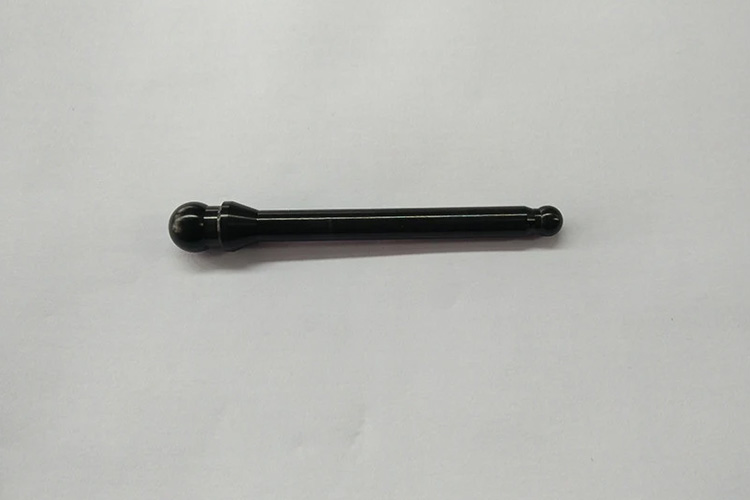
Anodizing aluminum parts involves three distinct processes, each characterized by varying coating levels. The specific electrode materials, electrolytes, and electrical energy employed determine these differences.
Chromic Acid Anodize
Chromic acid anodizing is a process that creates a thin coating on metal parts using chromic acid. It results in increased corrosion resistance. During the process, the metal part acts as the anode and is submerged in a tank of chromic acid. Electric current is passed through the acid, causing the aluminum particles to leave the surface and form a thin oxide layer.
Sulfuric Acid Anodize
Sulfuric acid anodized parts are similar to chromic acid anodized parts, with the only distinction being the use of sulfuric acid instead of chromic acid. The use of sulfuric acid in sulfuric acid anodizing creates deeper grooves and a thicker oxide layer due to its stronger properties. This process results in sulfuric acid aluminum parts having improved paint retention due to their deep grooves that easily hold and retain paint.
Hardcoat Anodize
The process commonly referred to as "hard anodizing" involves using sulfuric acid, similar to sulfuric acid anodizing. However, the resulting anodized layer is thicker, measuring over 0.001 inches, compared to Sulfuric acid anodizing.
Does anodized aluminum rust? Hardcoat anodized parts exhibit excellent resistance to abrasion and offer the potential for vibrant color dyeing. However, it may not be suitable for parts that require extremely tight tolerances due to the thicker coating.
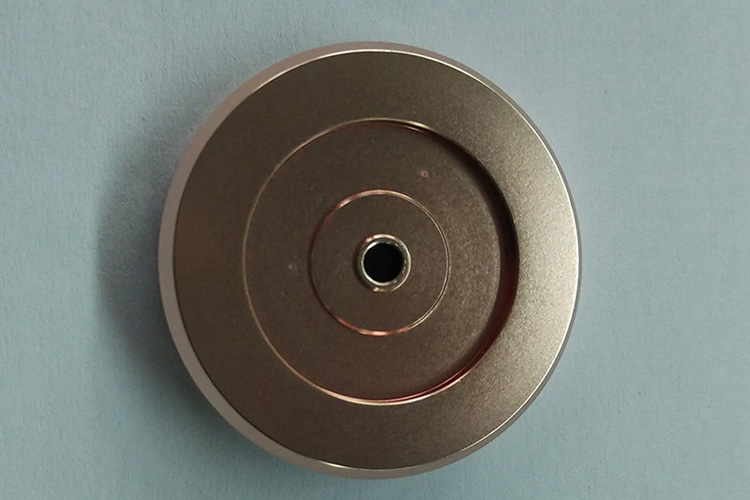
When it comes to anodizing aluminum, it is important to consider the range of color options available. Anodizing offers the significant advantage of providing a variety of colors to choose from such as white anodized aluminum. The commonly anodized colors for aluminum include:
Gold
Bronze
Blue
Green
Red
Copper
Black
White
Gray
Bronze
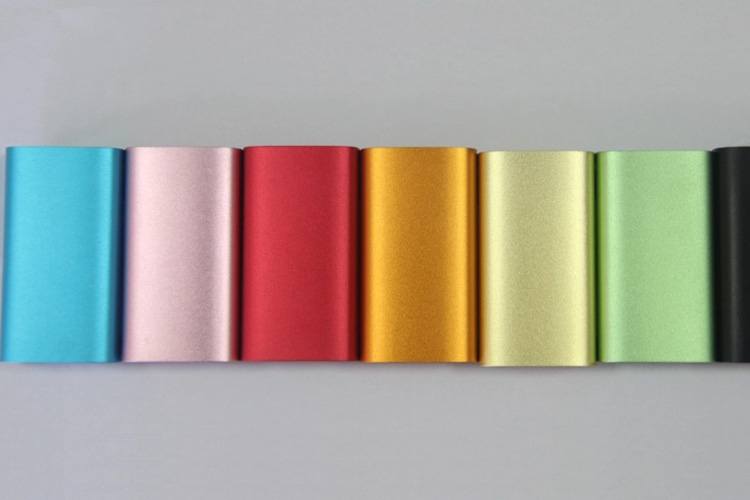
In contrast to coating, anodized aluminum colors are subtractive rather than additive. Understanding the principles of light is crucial in appreciating this distinction.
However, there is a slight difference. Rather than reflecting light like other materials, the film that forms on the surface of aluminum allows light to pass through to anodize aluminum. The aluminum then reflects the light to the film and outwards. As a result, the color-anodized aluminum layer acts as a filter rather than a reflector. This distinction is significant in color matching and achieving desired colors in anodized aluminum.
Matching the right color can be challenging. To select the appropriate matching method, it is crucial to comprehend the explanation of color-matching concepts and the key factors that influence the appearance of anodizing colors. The following factors need to be considered:
Aluminum Grades
The most crucial factor to consider during color aluminum anodizing is the impact of different aluminum grades on color and shades, greatly influencing the color-matching process. Each aluminum grade possesses its unique color characteristics, which should be carefully taken into account to achieve accurate and desired color-matching results.
Finish Type
The type of finish plays a vital role in the reflective properties of the aluminum product. Consequently, selecting a sample with a matching finish is highly recommended to achieve optimal color matching.
Number of Dyes
The number of dyes utilized in the coloring process greatly influences color variation. When a larger number of dyes is required to achieve the desired color match, the likelihood of color variance increases. Furthermore, the layering technique is also essential, as each layer may introduce its unique color variations.
Crystalline Structure
When viewed from a particular angle, the colors may appear to match. However, a different viewing angle could result in a different color appearance. Hence, it is important to ensure that the reflection angle is properly examined before conducting color matching.
To achieve better color consistency during the color anodizing process. Here are some tips on how to paint anodized aluminum perfectly:
Sourced from the Same Batch or Production Run
If particular components require the same color, it is important to assemble them side by side. In other words, they should be from the same batch. This will help create better color consistency during the process.
Get the Approved Sample Instead of the Images
It is not advisable to solely depend on images; it is preferable to obtain an approved sample. Images may not always provide an accurate representation of the desired color. The color of metal components depicted in images stored on laptops or other devices can be slightly different from the actual color due to the influence of lighting effects.
Ensure the Consolidation of the Supply Chain
Another valuable tip is to ensure the consolidation of the supply chain. Product parts should be sent to the same facility for anodization. This practice guarantees better color consistency.
There are many ways to determine if a part has undergone anodization. Below are some useful methods.
1. Matte Finish
You can typically identify an anodized part by its distinctive matte finish, which sets it apart from other types of surface treatments. This distinct texture is a telltale sign of the anodization process and helps differentiate it from other surface finishes.
2. Scratch Test
Conduct a scratch test by scraping a coin on the surface of the aluminum part. If a visible scratch appears, the part is likely only polished and not anodized. An anodized part tends to be more scratch-resistant.
3. Color Dispersal
A well-executed anodizing process ensures a uniform surface with even color dispersal. Look out for anodizing defects such as burns caused by high current densities or inadequate agitation during the anodizing process.
Due to the intricate nature of the anodizing process, the final color outcome can deviate from the desired shade. In such cases, there are remedies available to adjust the color of an anodized part. It is important to note that the methods for correcting the color vary depending on whether the part has been sealed or remains non-sealed after anodization.
Non-Sealed Anodized Items
For non-sealed anodized items, it is relatively easy to remove the dye present within the pores of the oxide layer. This can be achieved through a process called bleaching, which involves using a chemical solution to dissolve the dye and restore the part to its original silver-gray color. Once the dye has been removed, the part can be re-dyed to achieve the desired color and then resealed to ensure its long-lasting appearance.
Sealed Anodized Items
Correcting the color of sealed anodized items is a more complex task. The sealing process effectively closes the pores within the anodized layer, making it difficult to bleach or remove the dye. In such cases, the part must undergo a stripping process using a caustic solution to completely remove the anodized layer. This restores the aluminum part to its pre-anodized state. Subsequently, the part can be re-anodized, dyed, and sealed to achieve the desired color.
Anodizing aluminum parts can be accomplished by any manufacturer with the necessary equipment and chemicals. However, for exceptional results, it is advisable to opt for an anodizing aluminum service provider. Then, Richconn must be your best choice!
With its advanced equipment and extensive experience, Richconn delivers top-tier surface finish solutions. Anodizing is just one of the many finishing services it provides, including bead blasting, brushing, polishing, electroplating, powder coating, and painting. Its expert team is highly knowledgeable in the anodizing process and guarantees high-quality aluminum parts to its customers. Therefore, when you think of smooth operation and high quality at a low price, think of Richconn!
Anodizing is a significant electrolytic process in surface finishing, aimed at enhancing the aesthetics and optical properties of aluminum parts. After reading, you know the aluminum anodized process and how to color aluminum parts. We also talked about the factors that play a huge role in color matching. While the anodizing process may appear intricate, Richconn assures the best quality and cost-effectiveness, so you can trust Richconn.
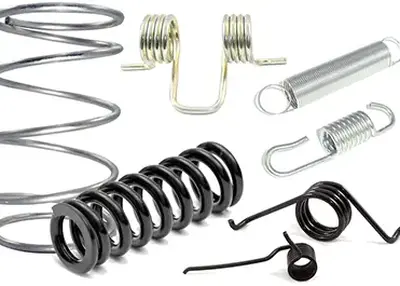 Unraveling the World of Machined Springs: Your Ultimate GuideNovember 9, 2023As a CNC machining service provider, we at Richconn understand the significance of precision engineering and how it's all about the details. In the realm of mechanical components, one topic that piques the curiosity of engineers, manufacturers, and professionals alike is -Machined Springs. In this comprehensive guide, I will walk you through the intricacies of Machined Springs, from the fundamentals to their applications, performance characteristics, manufacturing processes, and more.view
Unraveling the World of Machined Springs: Your Ultimate GuideNovember 9, 2023As a CNC machining service provider, we at Richconn understand the significance of precision engineering and how it's all about the details. In the realm of mechanical components, one topic that piques the curiosity of engineers, manufacturers, and professionals alike is -Machined Springs. In this comprehensive guide, I will walk you through the intricacies of Machined Springs, from the fundamentals to their applications, performance characteristics, manufacturing processes, and more.view Creating Precision: A Comprehensive Guide to CNC Machining PartsMay 31, 2024What are the CNC machining parts? How to select the most suitable CNC machining parts? Let’s find the answers with the help of this article!view
Creating Precision: A Comprehensive Guide to CNC Machining PartsMay 31, 2024What are the CNC machining parts? How to select the most suitable CNC machining parts? Let’s find the answers with the help of this article!view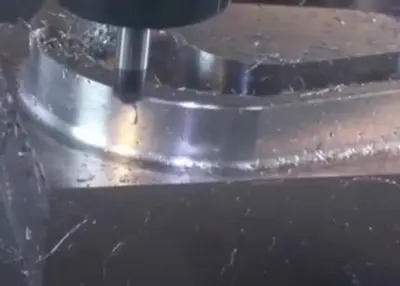 Features Of CNC MillingJune 21, 2022CNC milling is generally a metal fabrication process; however, plastics can also be machined. CNC milling uses a computer to control the tool. The cutting tool then cuts the material from the workpiec...view
Features Of CNC MillingJune 21, 2022CNC milling is generally a metal fabrication process; however, plastics can also be machined. CNC milling uses a computer to control the tool. The cutting tool then cuts the material from the workpiec...view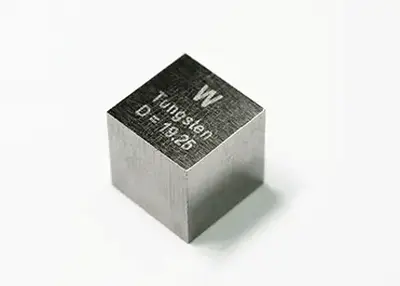 Machining Tungsten Guide: Can Tungsten be Machined?November 13, 2023Welcome to the cutting-edge world of machining tungsten, where precision meets excellence. As the forefront player in CNC machining, Richconn is here to unravel the intricacies of working with tungsten, answering the pivotal question: Can tungsten be machined?view
Machining Tungsten Guide: Can Tungsten be Machined?November 13, 2023Welcome to the cutting-edge world of machining tungsten, where precision meets excellence. As the forefront player in CNC machining, Richconn is here to unravel the intricacies of working with tungsten, answering the pivotal question: Can tungsten be machined?view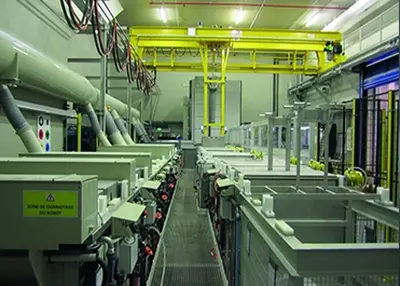 Alodine: A Versatile and Effective Coating for AluminumDecember 5, 2023Alodine is a trade name for a chromate conversion coating that protects aluminum and other metals from corrosion. A chromate conversion coating is a thin layer of chromium compounds that forms on the surface of a metal when it reacts with a chromate solution.view
Alodine: A Versatile and Effective Coating for AluminumDecember 5, 2023Alodine is a trade name for a chromate conversion coating that protects aluminum and other metals from corrosion. A chromate conversion coating is a thin layer of chromium compounds that forms on the surface of a metal when it reacts with a chromate solution.view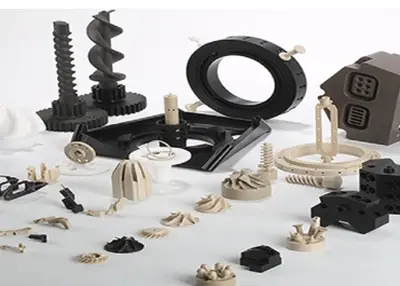 Cutting Costs, Not Quality: Exploring the Best Cheap CNC Material OptionsDecember 4, 2023In today's competitive market, every business is constantly finding ways to cut costs without compromising the quality of their products or services. When it comes to CNC machining, one of the mos...view
Cutting Costs, Not Quality: Exploring the Best Cheap CNC Material OptionsDecember 4, 2023In today's competitive market, every business is constantly finding ways to cut costs without compromising the quality of their products or services. When it comes to CNC machining, one of the mos...view